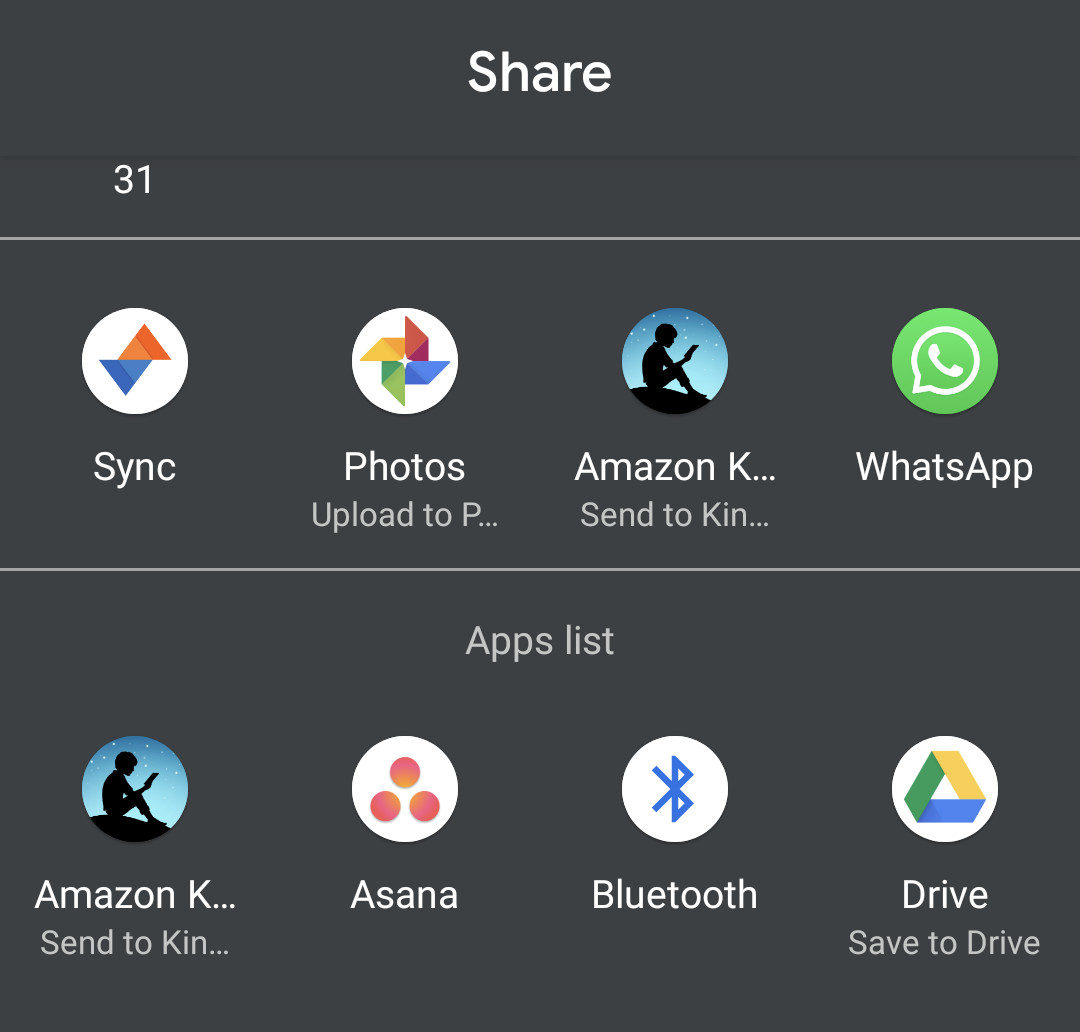Android 10 has officially been released by Google, and it’s quickly landed on Pixel devices, and several other phones. Between privacy-related tweaks, a rebrand, and long-overdue features, it’s clear that Google has been very busy with this one. So what are the standout Android 10 features worth knowing? Read on and find out?
When should you expect to receive the Android 10 update? | How to install Android 10: A step by step guide
![]()
Google has experimented with a system-wide dark mode for some time now, but the company has finally made it official with Android 10.
Read more: Here’s how to enable the Android 10 dark theme mode
Dark mode can be activated via a quick-tile setting or when you activate the battery saver option. Furthermore, a screenshot shared by Google (seen above) shows that dark mode will also affect Google Podcasts, Photos, and Search.
It’s undoubtedly one of the most crowd-pleasing Android 10 features, having been requested for a long time now. But the Mountain View company is also working with third-party developers to implement dark modes in their apps.

Smart Reply is one of the better Google features out there, predicting what you’re going to say in response to a message. It’s currently available for Google apps, but it’s now coming to all messaging apps in Android 10.
This means you can now get suggested responses in the likes of WhatsApp and Facebook Messenger — a handy way to save time when a short response will do. These suggestions are all made using on-device machine learning, purportedly maintaining your privacy as the relevant information isn’t sent to Google’s servers.

Many Android enthusiasts have criticized the platform’s sharing functionality for being slow and unintuitive. Fortunately, Google has overhauled this menu in Android 10.
See also: Here’s how to change your Android 10 system accent color
The new sharing menu is meant to be much faster than the legacy menu, but it’s also supposed to do a better job of recommending contacts and apps for sharing.

One of the more prominent user-facing Android 10 features is the so-called Focus Mode, an extension of the Digital Wellbeing suite. As the name suggests, this mode will help you focus by graying out apps you deem distracting and hiding their notifications.
Digital Wellbeing is also getting another feature thanks to integrated parental controls. Google has already offered parental tools via the Family Link app, but out-of-the-box support is welcome nonetheless.

It’s already super easy to toggle Wi-Fi, Bluetooth, and other connectivity options, but Google is making this process a little easier when you’re in apps. Enter the settings panel.
This new popup window can be summoned by apps in certain situations. Google gives the example of launching a browser when in airplane mode. The browser can now tell users to activate Wi-Fi, then automatically summon the settings panel.

Android 10 also brings a new depth format, dubbed (surprise) the Dynamic Depth Format, and it opens the door for depth-editing in loads of third-party apps.
Starting in Android 10 “apps can request a Dynamic Depth image which consists of a JPEG, XMP metadata related to depth related elements, and a depth and confidence map embedded in the same file on devices that advertise support,” reads an excerpt of the Android Developers Blog. Google confirmed that Facebook is one such app making use of depth data on the Pixel 4.
Google also confirmed that the new format will let third-party apps tweak depth data to create “specialized blurs and bokeh options.” Hopefully, third-party developers embrace this new, Google-pushed standard.

Google’s previous Files app was a no-frills affair, and it didn’t even have a shortcut in the app drawer. Fortunately, the Android 10 Files app is a step above the previous version.
Not only does the new app have a shortcut, but it also offers a revised UI, a universal search bar at the top, and quick access to other apps.

Android 10 also has plenty of privacy-related tweaks, with roles being one of the biggest additions in this regard. With roles, the platform can now automatically grant specific permissions to an app based on its use-case. So a text messaging app would automatically gain the ability to send/receive texts, as well as access to your contacts.
Related: All the key Android 10 privacy updates explained
Another major change is a tweak affecting location permissions. Now, users have the option to either grant location access in general to an app, or only allowing access when the app is actively being used.

Xiaomi and Huawei smartphones have allowed users to share Wi-Fi credentials via QR codes for a long time now. So we’re glad to see Google adopt this trend with the new Android update.
The feature is easy to use, as you tap on your Wi-Fi connection, hit the share button, then authenticate with your phone’s password or a fingerprint. From here, you should see a QR code, and your friend can scan this code to gain access. Again, it’s nothing new for third-party brands, but we’re happy Google is catching up in this regard.

The early Android 10 previews introduced more comprehensive gesture navigation, such as sliding your finger inwards from the screen edge to go back. Unfortunately, this gesture didn’t work well in apps with navigation drawers/menus. This meant users wanting to see these overflow menus might accidentally activate the back gesture instead.
Fortunately, Android 10 has a so-called “peek” feature to solve the issue. Now, users wanting to see an app’s navigation drawer/overflow menu need to swipe in and hold for a second. Once you see the menu “peek” out (see image above), you can continue the swipe gesture to fully reveal it.

23/12/2019 11:20 AM
23/12/2019 01:51 PM
23/12/2019 12:00 PM
23/12/2019 03:50 PM
23/12/2019 06:27 AM
23/12/2019 05:43 PM
23/12/2019 09:15 PM
23/12/2019 07:00 PM
2014 © Canadian apps and news